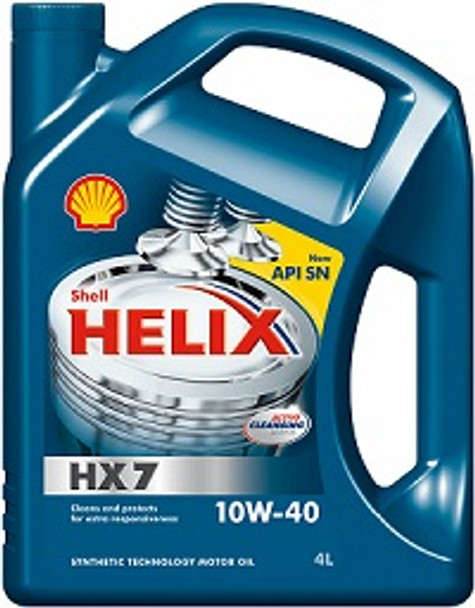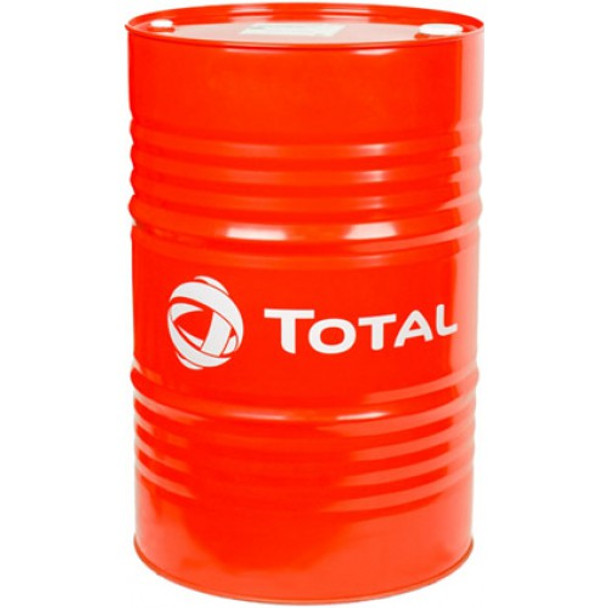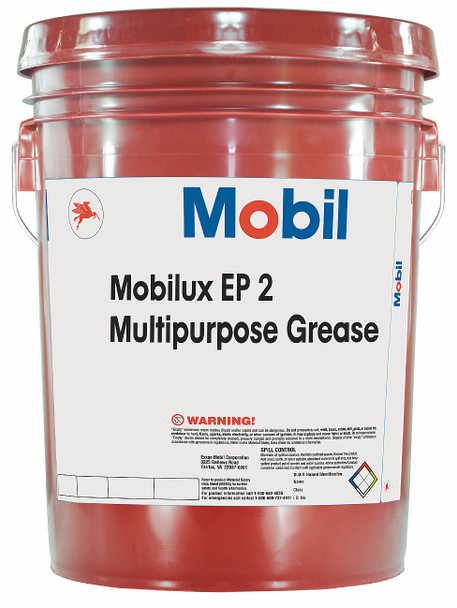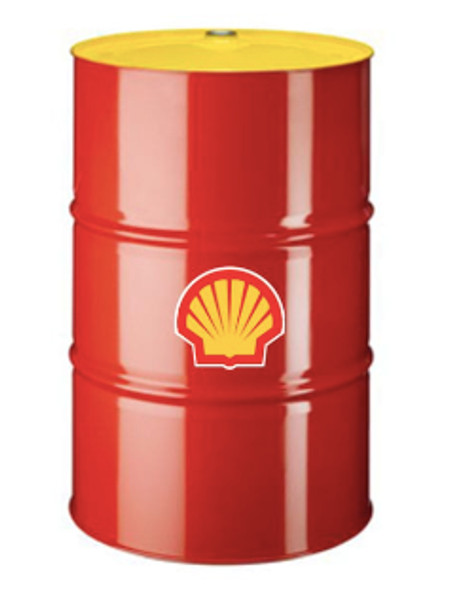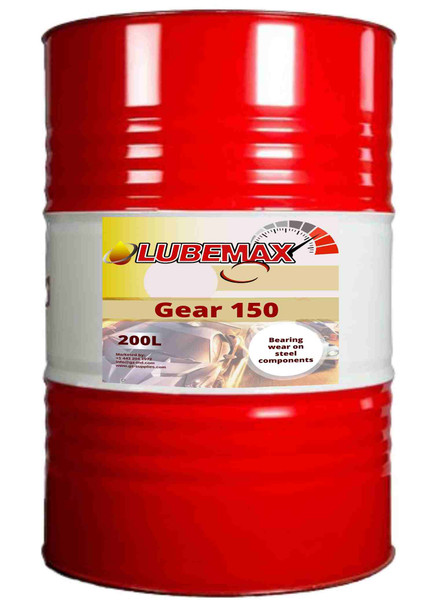Choosing the Right Lubricant for Heavy-Duty Machines
Introduction
In the heavy-duty machinery industry, effective lubrication is crucial for optimal performance and longevity. Heavy machinery, whether used in construction, mining, agriculture, or industry, faces extreme pressures, friction, and sometimes challenging environmental conditions. Proper lubrication minimizes wear and tear, reduces overheating, and ensures machines run smoothly, ultimately lowering maintenance costs and preventing unexpected downtime. Selecting the right lubricant isn't just a matter of picking any oil or grease; it requires understanding the specific needs of each machine and the conditions under which it operates.
Shell Helix HX7 Synthetic engine Oil
Understanding the Role of Lubricants in Heavy-Duty Machinery
Lubricants serve as a protective layer between machine parts that are constantly in motion. This layer reduces friction, which is essential for minimizing wear and tear on crucial components. In addition to friction reduction, lubricants aid in heat dissipation, helping machines to maintain safe operating temperatures even under heavy loads. The right lubricant can make a significant difference in a machine’s performance, boosting efficiency and reducing energy consumption. By reducing metal-to-metal contact, quality lubricants also prevent rust and corrosion, which are common in heavy-duty machines exposed to various elements.
Benefits of using the right lubricant for heavy machinery include:
1. Extended Equipment Life: Reduces wear and tear, preventing costly replacements.
2. Improved Operational Efficiency: Reduces friction, thereby conserving energy and maximizing productivity.
3. Protection Against Contaminants: Forms a barrier against dust, moisture, and other damaging contaminants.
Types of Lubricants for Heavy-Duty Machines
Different types of lubricants cater to varying machine requirements, offering unique properties for specific applications. Here are the main types used for heavy-duty machinery:
1. Mineral Oils:
Made from refined crude oil, mineral oils are common in many applications due to their cost-effectiveness and availability. They work well in machines with moderate loads and stable operating temperatures. However, they may break down more quickly in high-heat environments, which limits their use in certain heavy-duty applications.
2. Synthetic Oils:
These are engineered lubricants that perform exceptionally well in extreme temperatures and high-pressure conditions. Synthetics provide greater stability, resistance to oxidation, and longevity, making them ideal for heavy-duty equipment used in high-performance applications. They may be more expensive but offer excellent protection, especially in heavy-use environments like construction or mining.
3. Grease:
For components that require thicker lubrication, greases are often the best choice. They consist of a lubricating oil mixed with a thickening agent, allowing them to stick to surfaces even under high pressure. Types of grease, such as lithium and calcium-based greases, are used in bearings, pins, and joints, providing longer-lasting lubrication and better water resistance.
4. Specialty Lubricants:
Some heavy-duty machines require specialty lubricants designed for unique conditions, such as high temperatures, heavy loads, or specific environmental challenges. These include high-temperature oils, biodegradable oils for environmentally sensitive areas, and lubricants with specialized additives for anti-wear and extreme pressure.
Total Azolla ZS 68 205L Drum
Key Factors in Choosing the Right Lubricant
Selecting the right lubricant depends on several factors related to the machine's operational environment and the demands of its workload:
1. Operating Temperature:
Machines operating in high-temperature environments or under constant use often require lubricants with higher thermal stability. Using the wrong lubricant in these conditions can lead to premature breakdown and reduced effectiveness.
2. Load and Pressure Requirements:
High-pressure applications, such as those in mining or construction, require lubricants with high viscosity and extreme pressure (EP) additives to withstand heavy loads without breaking down.
3. Environmental Conditions:
Dust, water, humidity, and other environmental factors can impact lubricant performance. Machines operating in dusty or wet environments may need greases that resist water washout and prevent contamination from dust.
4. Machine Specifications and OEM Recommendations:
Equipment manufacturers often provide specific guidelines on the types of lubricants best suited for their machines. Following these OEM (original equipment manufacturer) recommendations ensures that the lubricant will meet the operational needs of the equipment and help maintain warranty protection.
Lubricant Properties to Consider
Choosing the correct lubricant requires understanding a few critical properties that affect its performance under heavy-duty conditions:
1. Viscosity:
Viscosity is a measure of a fluid’s resistance to flow and is one of the most important factors in lubricant selection. For heavy-duty machines, viscosity must match the operating conditions; higher viscosity may be needed for high-load applications, while lower viscosity may be preferred in colder climates to ensure fluidity.
2. Additives:
Additives enhance a lubricant’s performance by providing additional protective properties. Common additives include anti-wear agents, rust and corrosion inhibitors, anti-oxidants, and extreme pressure (EP) additives. For instance, anti-wear additives help prevent abrasion, while EP additives are essential for machinery subjected to heavy loads, as they reduce surface wear.
3. Longevity and Stability:
In high-performance or continuous-use machines, the lubricant must maintain its properties over extended periods. Lubricants with high oxidative stability resist breakdown, which makes them last longer and ensures consistent performance, even under prolonged use.
Mobilux EP 2 Grease Oil
Common Mistakes in Lubricant Selection
Selecting the right lubricant can prevent premature equipment failure and unexpected maintenance issues. However, some common mistakes can undermine the benefits:
1. Misjudging Viscosity Requirements:
Using a lubricant with incorrect viscosity can lead to poor performance. Too high viscosity increases resistance and reduces efficiency, while too low viscosity fails to provide adequate protection under heavy loads.
2. Ignoring Environmental Impacts on Lubricant Performance:
Dusty, humid, or corrosive environments can alter how a lubricant performs. In wet conditions, water-resistant lubricants or greases with specific anti-corrosion additives may be necessary to protect components from rust and degradation.
3. Overlooking Manufacturer Recommendations:
OEM recommendations specify the lubricants best suited for a machine. Ignoring these can result in reduced efficiency, increased wear, or even warranty voidance. Always cross-check lubricant selection with manufacturer guidance to ensure compatibility.
Lubrication Application Best Practices
Beyond selecting the right lubricant, following best practices in application and maintenance can further extend equipment lifespan:
1. Routine Checks and Replacements:
Regularly scheduled lubrication checks and timely replacement are critical. Lubricants deteriorate over time, losing effectiveness. Routine maintenance ensures the lubricant remains in good condition and provides optimal protection.
2. Monitoring and Testing:
Testing lubricants periodically, such as through oil analysis, can help identify contamination, oxidation, or loss of viscosity. This proactive measure can prevent equipment breakdowns and reduce the risk of costly repairs.
3. Proper Storage and Handling:
Lubricants should be stored in cool, dry places to avoid contamination or degradation. Handling lubricants with clean, dedicated equipment prevents cross-contamination and ensures the lubricant’s purity is maintained.
Shell Argina S3-40
Recommended Lubricants for Popular Heavy-Duty Machines
Different heavy-duty machines have specific lubrication needs based on their function and operating conditions:
1. Excavators and Loaders:
Excavators and loaders often work in harsh, high-load conditions. High-viscosity, synthetic lubricants with anti-wear and EP additives are recommended for these types of machines. An example is Mobil DTE 10 Excel 68, known for its superior anti-wear properties and oxidative stability.
2. Agricultural Machinery:
For tractors, harvesters, and other agricultural machinery, which frequently operate in dusty or muddy environments, greases with excellent water resistance, like Castrol Agri MP Plus or Shell Gadus S2 V100 3, offer optimal protection.
3. Industrial Presses and Mills:
Heavy industrial equipment requires lubricants with high film strength to withstand continuous heavy loads. Chevron Meropa 220 is ideal for these machines due to its high load-carrying capacity and anti-oxidative additives that resist breakdown.
Environmental and Safety Considerations
Selecting lubricants with low environmental impact and maintaining safe handling practices are increasingly important in today’s industry:
1. Biodegradable Options:
For environmentally sensitive applications, biodegradable lubricants are available. These lubricants reduce the ecological impact in case of leaks or spills and are especially suitable for machinery used in agriculture or near water bodies. BioBlend EPIC EL is a popular biodegradable option for heavy-duty use.
2. Safe Handling and Disposal:
Proper storage, handling, and disposal practices are crucial for safety and environmental compliance. Store lubricants away from direct sunlight, high temperatures, and areas prone to moisture. When disposing of used lubricants, adhere to local environmental regulations to prevent soil and water contamination. Many suppliers offer recycling services to help with responsible disposal.
3. Health and Safety Compliance:
Ensuring that lubricants are handled safely, with the use of gloves, protective eyewear, and proper ventilation, protects workers from exposure to harmful substances. Educating personnel on lubricant handling best practices minimizes health risks and contributes to a safer work environment.
Emerging Trends in Lubrication for Heavy-Duty Machines
Technological advancements and increasing environmental concerns are shaping the future of lubrication in heavy-duty machinery:
1. Nano-Lubricants:
These advanced lubricants contain nanoparticles that reduce friction and enhance performance at a microscopic level. Nano-lubricants offer superior wear resistance and may soon become common in high-performance applications.
2. Self-Lubricating Materials:
Some machinery manufacturers are now integrating self-lubricating components that reduce the need for regular maintenance. This technology has the potential to revolutionize lubrication in industries where access to equipment for regular lubrication is challenging.
3. AI-Driven Maintenance:
Artificial intelligence is being utilized to monitor lubricant conditions in real time. Using sensors and predictive analytics, AI can predict when lubricant replacement or replenishment is needed, reducing downtime and optimizing maintenance schedules.
LubeMax Gear 150 200L
Frequently Asked Questions
1. What is the most important factor in choosing a lubricant?
Viscosity is typically the most critical factor because it must match the machine’s operating environment and load requirements. Other factors, like additives and temperature stability, also play essential roles.
2. Can I switch from a mineral oil to a synthetic lubricant?
Yes, but it’s essential to ensure compatibility with the machine. Consult the equipment manufacturer’s guidelines or work with a professional to assess whether synthetic oil will improve performance in your specific machine.
3. How often should I change the lubricant in heavy-duty machinery?
Lubricant change intervals vary by machine, usage, and type of lubricant. Regular checks, oil analysis, and adherence to the manufacturer’s recommendations are the best ways to determine change frequency.
4. Why are biodegradable lubricants becoming popular?
Biodegradable lubricants minimize environmental impact in case of spills or leaks, making them suitable for sensitive applications, such as agriculture and construction near water bodies.
5. Is it safe to use lubricants with high-temperature resistance in standard machines?
While high-temperature lubricants may work in standard machines, they may not be cost-effective for all applications. Always choose a lubricant with properties tailored to your equipment’s specific requirements.
Related Articles
Why Choose Shell 20W50 Engine Oil: Benefits, Applications, and Performance
Importance of Lubricants for Machine Maintenance
Types of Industrial Gear oil for Heavy duty machine
Readers Also Watched...
Conclusion
Selecting the right lubricant for heavy-duty machines is a crucial aspect of industrial maintenance. With proper understanding of lubricant types, key properties, and best practices, businesses can significantly improve equipment performance, reduce downtime, and extend machine lifespan. From ensuring correct viscosity to choosing lubricants with suitable additives, every choice impacts productivity and operational costs.
For a comprehensive range of industrial-grade lubricants and expert guidance on the best choices for your equipment, visit GZ Industrial Supplies. By choosing quality lubricants, you invest in the longevity and efficiency of your machinery, securing the backbone of your operations.


